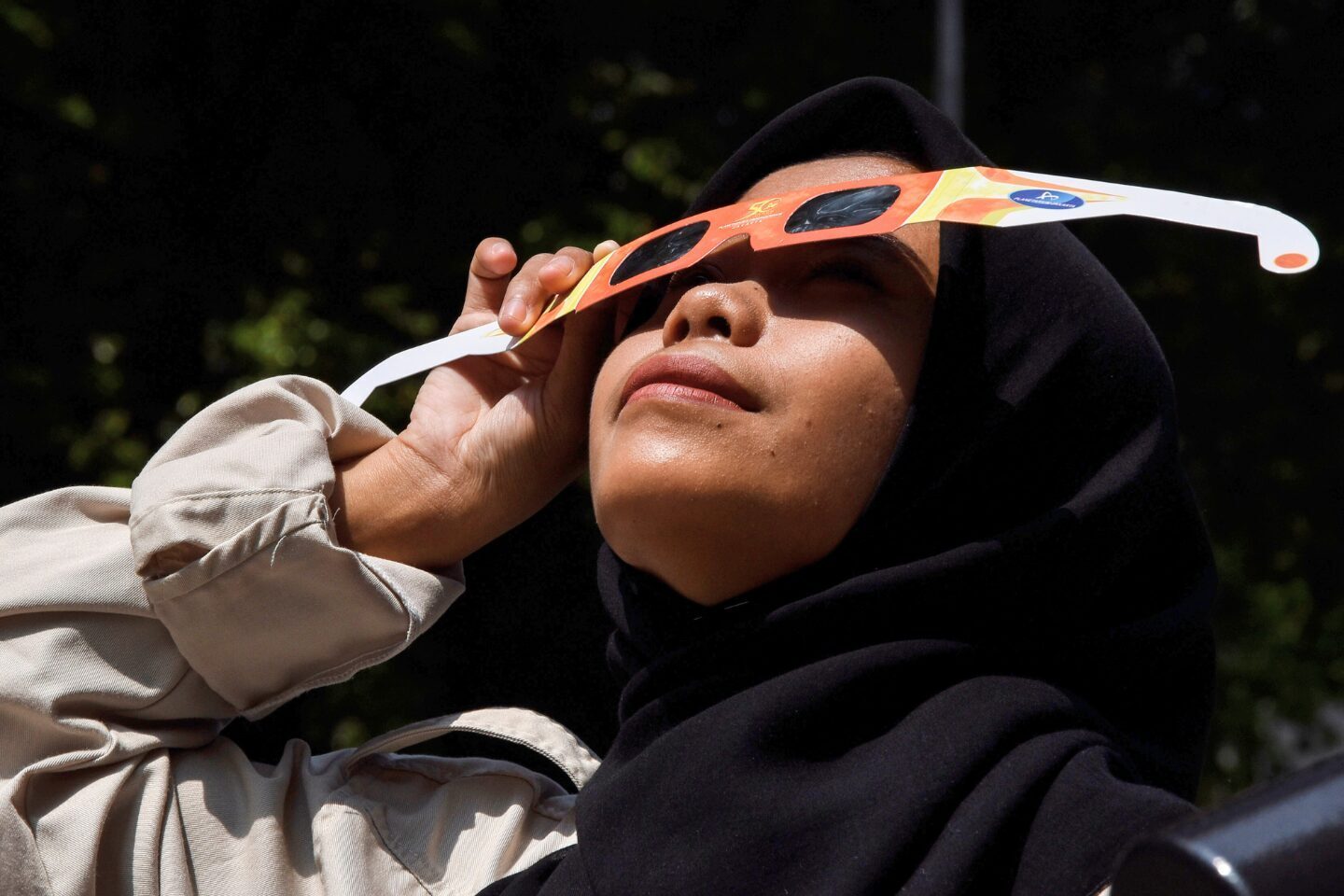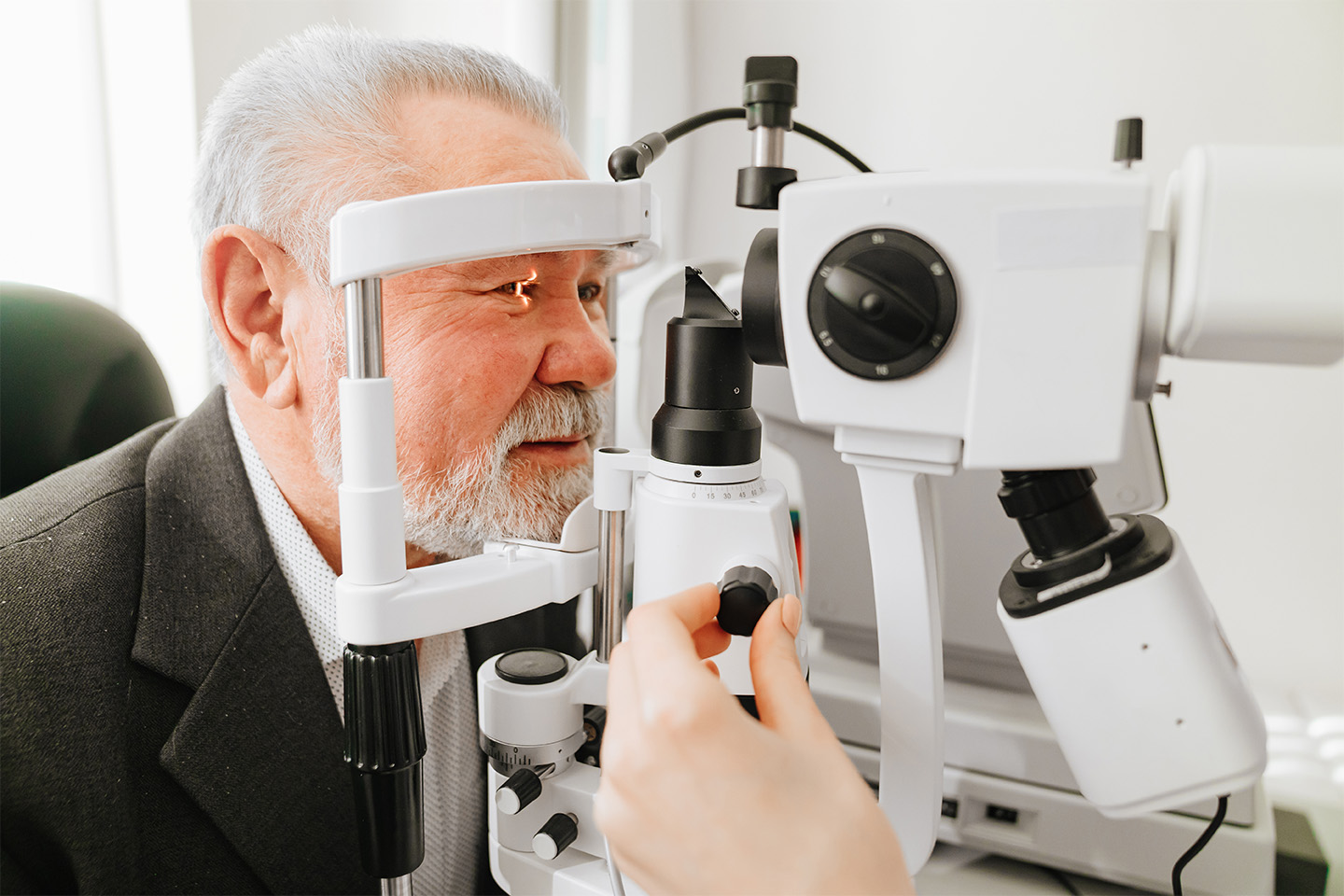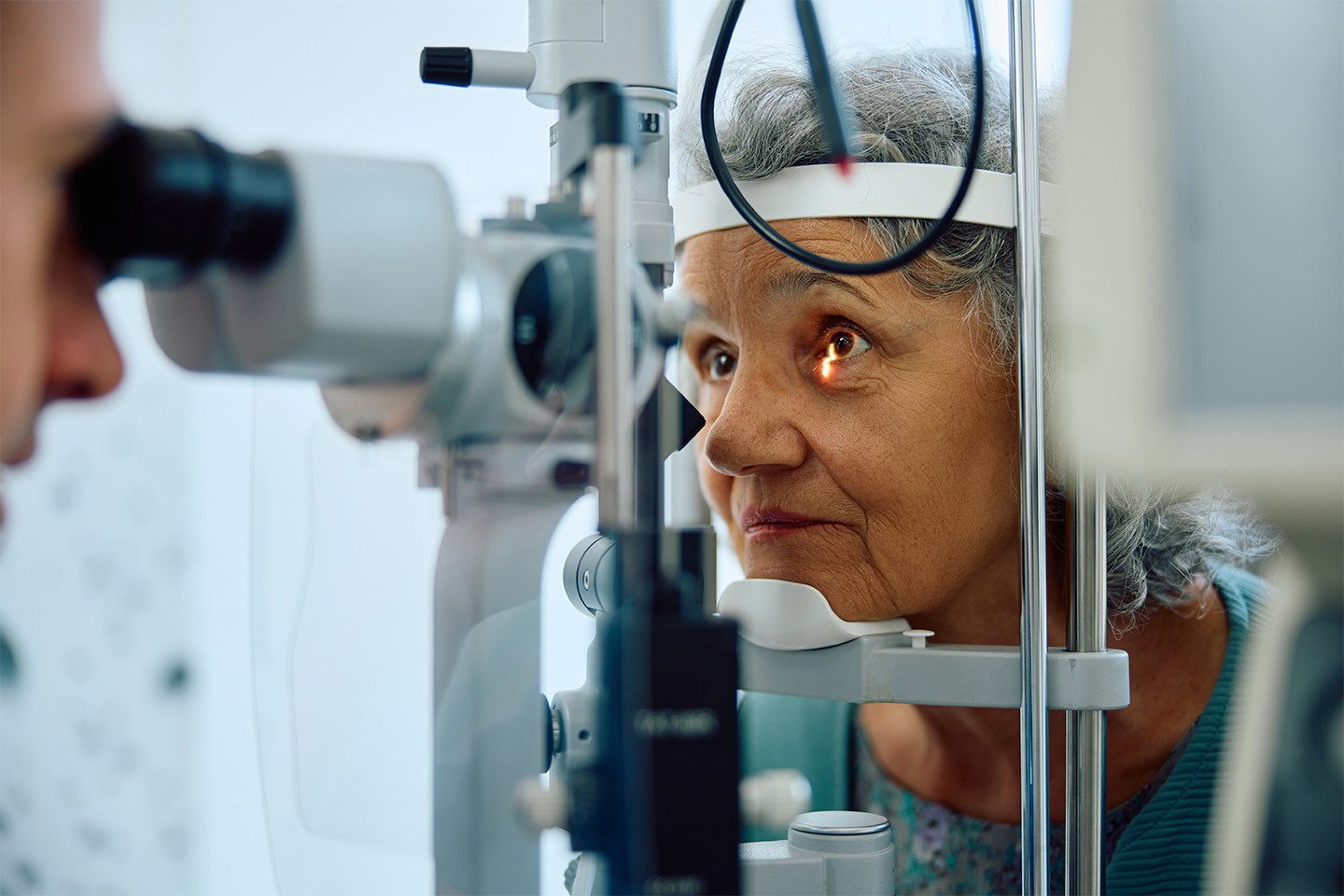Diagnosing and Treating Hereditary Eye Diseases

Did you know your family tree can give great insight into your vision? Your genes play a significant role in your eyesight at birth, with inherited eye conditions being linked to 60% of blindness cases in infants. And even if you don’t experience complications at a young age, you are more likely to develop them during adulthood, depending on genetics.
That’s why knowing your family history and keeping an eye on your vision with timely eye exams is extremely important to maintaining your eyesight even as you age. Here are the most common hereditary eye diseases:
Common Hereditary Eye Diseases
Cataracts
Cataracts occur when the eye’s lens becomes opaque and clouded, obstructing your view and leading to vision loss. Although typically associated with age, cataracts can be congenital or present at birth and directly linked to genetics. This hereditary eye disease can be treated through cataract eye surgery, which involves replacing the clouded lens with a clear artificial lens.
Glaucoma
Glaucoma is a group of diseases that progressively damages the optic nerve – the central connection between the eyes and the brain. This condition typically affects the peripheral vision and can eventually lead to blindness. Glaucoma is another disease attributed to aging, but congenital glaucoma and early-onset glaucoma are both clear signs of inheritance.
Macular Degeneration
When age-related macular degeneration runs in the family, you have a 50% chance of developing the condition yourself. Juvenile macular degeneration is a similar version of the disease associated with genetics in children and teens. This condition is characterized by blurring and blind spots in the central view.
Refractive Errors
Refractive errors are tied to the eye’s shape, which prevents light from focusing correctly on the retina. The most common conditions include myopia (nearsightedness), hyperopia (farsightedness), and astigmatism. If the eyes are otherwise healthy, most of these conditions are linked to genetics, and the chance of developing these complications is greater when you have parents with refractive errors.
These hereditary conditions can also increase the risk for strabismus (cross-eye) and lazy eye – both of which can also be inherited separately.
How the Best Eye Doctors in Dallas Diagnose and Treat Genetic Eye Diseases
Annual Eye Exams
Because many common hereditary eye conditions can be asymptomatic in the early stages, knowing your family history and receiving annual eye exams is crucial in anticipating new developments. Often, you may even have several conditions presenting in a single eye and having a comprehensive knowledge of your genetics can help your optometrist correctly diagnose and treat them all.
An annual eye exam also allows your doctor to monitor your eyes for slight changes that may signal developing conditions. At Kleiman Evangelista, we utilize state of the art technology like angiography to examine the eye and catch diseases well before they progress.
Individualized Treatment Options
Due to the prevalence of these common eye conditions, researchers have begun successfully relating these problems to their associated genes and mutations. In turn, there are many ways to detect and treat these diseases successfully and permanently. Cataract eye surgery, glaucoma surgery, and LASIK surgery all offer long-term results for common genetic eye diseases for people of all ages.
Don’t wait for the pandemic to pass to schedule an eye exam, as these genetic eye diseases could be developing unknowingly. During your appointment, the best eye doctors in the greater Dallas area will gather information about your medical and family history and examine your eyes to discover whether our treatment options are right for your hereditary eye condition.
Turn To The Top Eye Doctors In Texas
Check out one of our locations below for the best eye care near you:









